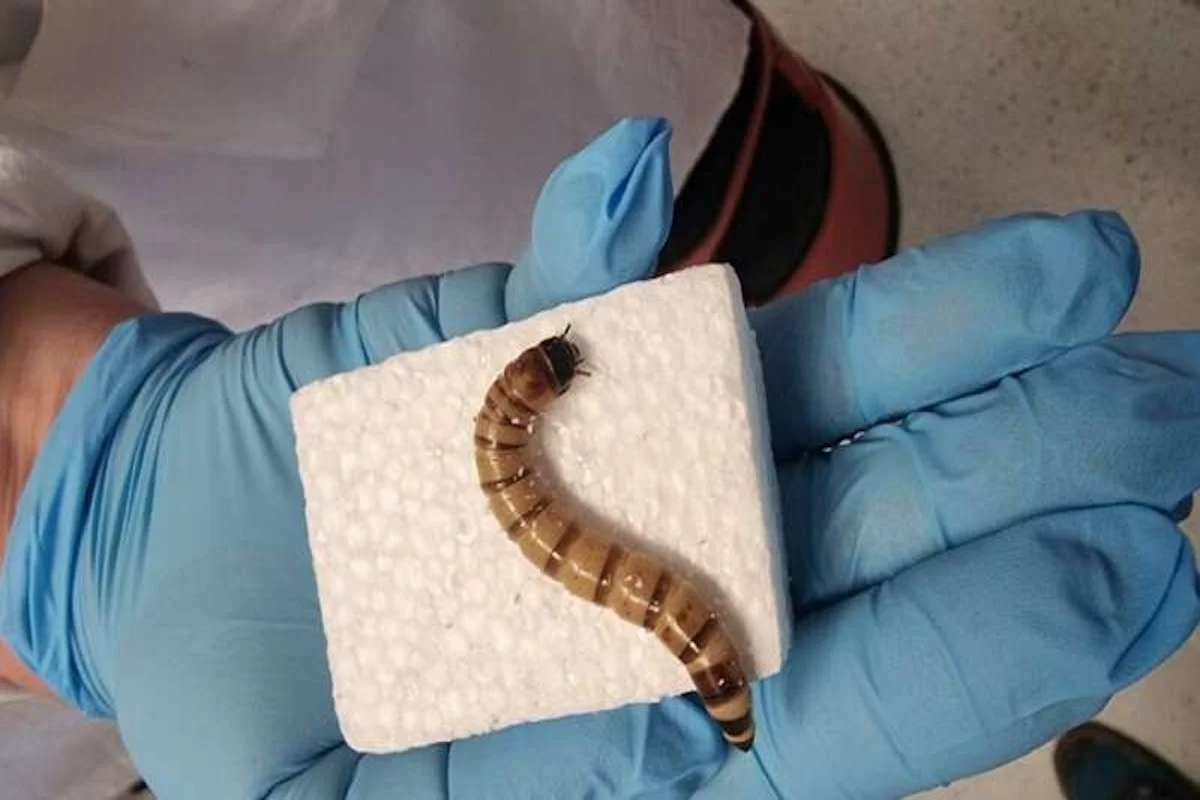Last week fishers in Cambodia landed the world’s largest freshwater fish, a giant 13-foot stingray weighing 661 pounds. The fish the size of a baby grand piano was mercifully returned to its rightful place in the murky waters of the Mekong River.
Hi.
Welcome to my blog.





















